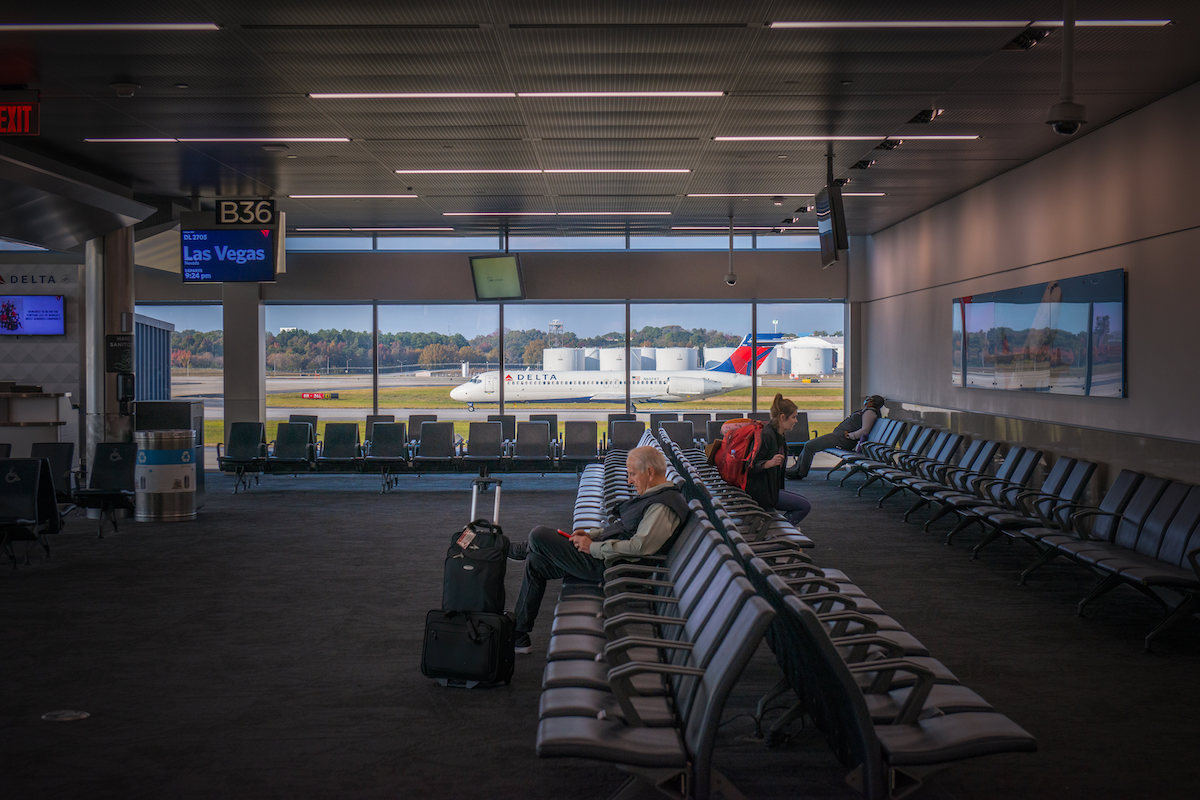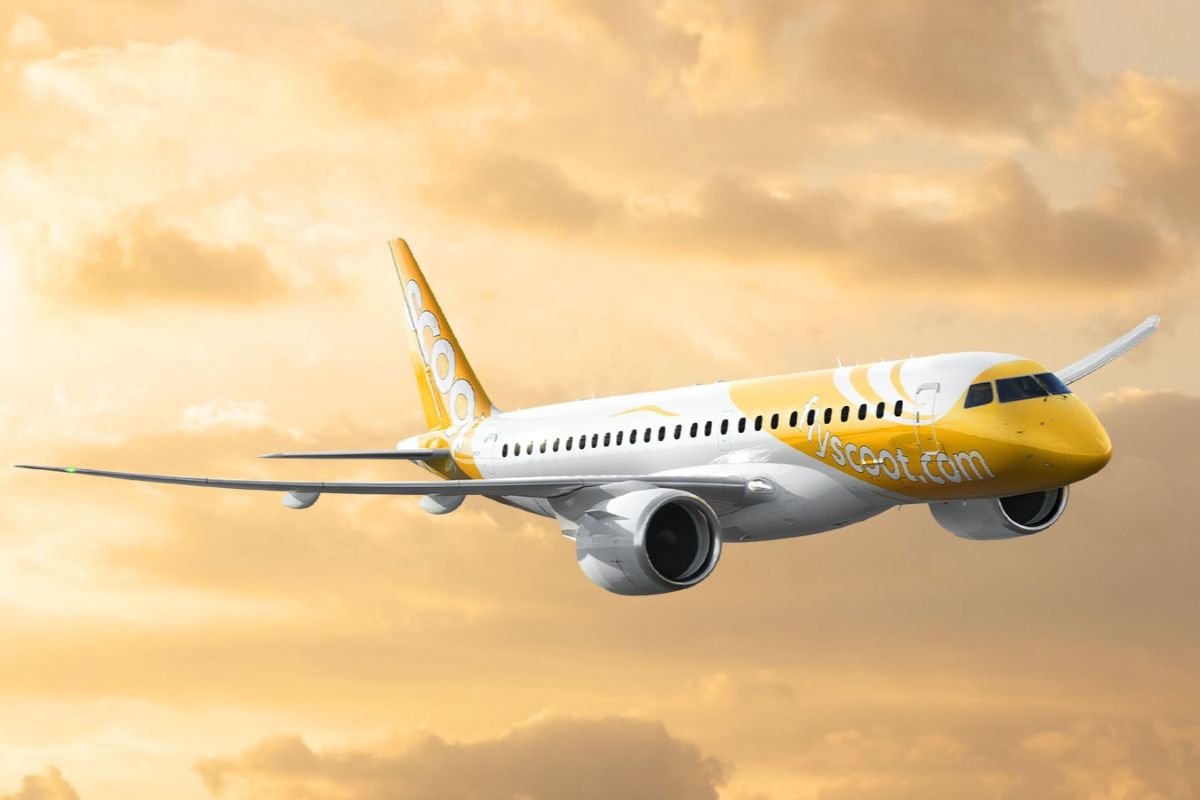Delta Air Lines Confident in Summer Travel Boom, Debunks Analysts' Concerns

Skift Take
All that talk of slowing air travel demand and a potentially weak summer? Throw it out the window, Delta Air Lines executives said Thursday.
"[We] know there's a lot of anxiety about domestic demand for the summer, but we don't share that anxiety," Glen Hauenstein, president of the Atlanta-based carrier, said during Delta's first-quarter results call.
Wall Street analysts have in recent weeks raised concerns over domestic travel demand citing data showing a slowdown in new bookings. In a report Monday, Bank of America analysts highlight a slowdown in net bookings and wrote that Delta may mention "near-term softening" during its then upcoming earnings call.
The data cited by Bank of America and others reflects a change in booking patterns towards a new normal — and not a softening in demand — Hauenstein said. For example, during the pandemic many people bought flights close to their travel date because they were not sure they would take the trip. The end of change and cancellation fees enabled this. However, now people are booking trips further out but are more likely to change their trips because of the absence of those same fees. So while the growth in new bookings may be slowing, there is still a lot of demand — and pent-up demand — for air travel.
One measure of this are air traffic liabilities, or the value of tickets already sold for future travel. At the end of March, Delta had $11.2 billion in such liabilities, a 23 percent increase year-over-year and a whopping 70 percent jump from pre-pandemic levels. In other words: A lot more people are booking trips earlier than they used to with the confidence that they can change their flights later if needed.
Revenue growth, however, is slowing. For the second quarter, Delta forecasts only a 15-17 percent increase year-over-year; or a 14-15 percent increase compared to 2019 — both exceptional in normal times. But the rate of increase is slower than in the fourth quarter when revenue jumped 17 percent from 2019 levels.
"We believe it largely reflects geographic trends beginning to normalize after last year’s period of significant abnormality,” J.P. Morgan analyst Jamie Baker wrote on the air travel demand environment on Tuesday.
In terms of revenue, Delta brought in nearly $4.8 billion from premium travel and its loyalty rewards in the first quarter, or 46 percent of all passenger revenues. That represents a 21 percent increase over 2019 levels. The airline is making big investments in premium travel as a bulwark against any potential slowdown.
International Shift
Longhaul international travel is back. The segment has recovered slower than domestic flying largely due to Covid-related border restrictions. Those disappeared in most countries last year resulting in bumper travel demand to, for one, Europe last summer. China and many other Asian countries only began easing restrictions later last year with China reopening its borders in January.
Delta sees strong demand and expects "record revenues and profitability" in its three international businesses — Atlantic, Latin, and Pacific — in the second quarter, Hauenstein said. The airline will fly 20 percent more international seats during the period than it did a year ago, including new nonstops to Geneva and London Gatwick. And Delta has already sold 75 percent of its international seats this summer — typically the June-to-August period — however, Hauenstein said that is on par with historic trends and not unusually high.
The recovery in Asia travel demand will be a highlight for Delta this year. Both Europe and Latin America had recovered significantly last year, with the Pacific region presenting the most potential upside as travelers return. Delta will fly roughly 55 percent of its Asia-Pacific capacity — including Australia — in the June quarter that it did in 2019, according to Diio by Cirium schedules. China, where nonstop flights to and from the U.S. remain severely limited, and secondary cities in Japan are notably absent. But to Seoul, Delta's main gateway to the region and the hub of partner Korean Air, capacity will be up 10 percent.
"Pacific demand is accelerating, and we expect record margins meaningfully ahead of pre-pandemic levels," Hauenstein said. He added that Delta's pact with Korean Air was "performing extremely well," and set the airline up for future growth to Asia.
Constrained Capacity
Air traffic control staffing in New York, the on-going pilot (captain) shortage hitting regional airlines, and late arriving Airbus and Boeing jets are just some of the issues limiting how much airlines can fly in the U.S. And those limits exist regardless of the strength of travel demand.
The U.S. "aviation infrastructure is still fragile," Delta CEO Ed Bastian said. He was among the first airline executives to call out air traffic control staffing ahead of last summer when it first became a significant issue.
As a result, Delta has shaved several percentage points from its second quarter capacity growth, which is now forecast at up 17 percent from 2022 levels. Slower growth means that the carrier has pushed back its plan to fully recover to 2019 flying levels this summer to later in the year. That will likely be felt most at the hubs Delta had singled out for recovery this summer, its strongholds in Atlanta, Detroit, and Minneapolis-St. Paul.
"It was just a bit of a step back," Hauenstein said of the capacity forecast. "Not really by demand, but really by supply, our supply was a little bit more constrained than we had hoped."
In New York, where the U.S. Federal Aviation Administration has taken the extraordinary measure of acknowledging its shortage of air traffic controllers, the regulator is allowing airlines to reduce their schedules by 10 percent without fear of losing slots that have use-it-or-lose-it requirements. Delta is in active discussions regarding improving the situation after the summer, Executive Vice President of External Affairs Peter Carter said. The airline hopes flight cuts at the three main New York airports and Washington's Reagan National are "only something we are going to need to do this summer."
And The Numbers
Delta reported an operating profit of $546 million, adjusted for mark-to-market losses and $864 million in one-time charges related to its new pilots agreement. Its operating margin of 4.1 percent was at the low end of forecast, and net profit was $163 million. Revenue was up 36 percent year-over-year to $12.8 billion, and the key total unit revenues metric, or TRASM, increased 23 percent.
The airline expects another profit in the second quarter, and has forecast a 14-16 percent operating margin.
"The industry backdrop remains constructive, and we are well positioned to grow earnings and cash flow in 2023, '24 and beyond," Bastian said.




